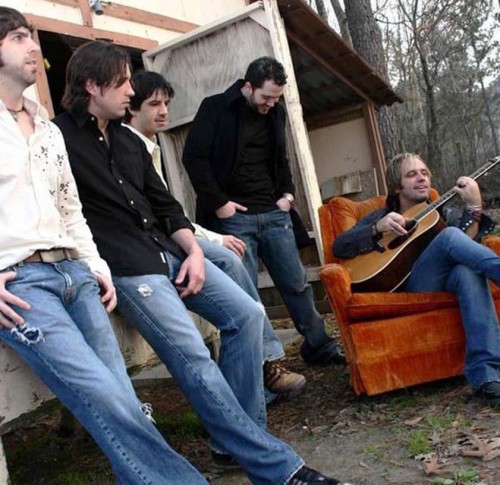
Kickin’ back with hip boot joe
July 14, 200863 on NSU’s spring Honor Roll
July 16, 2008The LSU AgCenter is sponsoring an educational meeting to discuss the current situation regarding the Asian citrus psyllid (ACP) and Citrus Greening for commercial and home citrus producers on Tuesday, July 22nd beginning at 6:30 pm at the Agricultural Fair Building in Raceland on Texas Street behind Raceland Upper Elementary school. This meeting is free and open to the public and the goal is to educate residents about this insect and disease and to discuss current recommendations on control and management options.
General Information
There has been a god bit of information regarding the Asian citrus psyllid which is a new insect in Louisiana that can potentially destroy an agricultural crop, specifically all citrus trees in commercial and home orchards. This small, mottled brown insect sucks the sap out of the leaves, resulting in curling. Sooty mold will develop on the leaves from the honeydew produced by the psyllid. They can be found on new, lighter green flush growth located at the terminal ends of branches during the growing season. We are seeing a flush of new growth on citrus in the Lafourche and Terrebonne area now and that is the area where this insect pest will be found.
“The psyllid itself is not that much of a concern,” said Don Ferrin, LSU AgCenter plant pathologist. “The major threat is the bacterial disease it can spread called citrus greening disease.” So far, one instance of citrus greening disease, which has no cure and slowly kills citrus trees, has been confirmed in Louisiana. And it’s on a backyard lime tree in Orleans Parish that has subsequently destroyed by the owner. The diseased tree was brought to the attention of LSU AgCenter entomologist Natalie Hummel in late May. She then made the discovery of the Asian citrus psyllid’s presence in Louisiana.
“Now that the disease has been found, we need to take action to control the Asian citrus psyllid in nursery production, commercial groves and backyard plantings. The only way to manage the disease is to remove the psyllid and diseased trees,” Hummel said. “We have no idea how the psyllid got here, and we may never know.”
Commercial citrus producers have several options regarding ACP management and these will be discussed at the meeting on July 22nd in Raceland.
Residents with home citrus orchards can make an application (as per label directions) of light horticultural oil (preferably paraffinic oil, Pre-Harvest Interval, PHI =0 days) or neem oil now through August 15. Any application of horticultural oil later than this date can cause the fruit to not mature properly. Other light oils can be used as long as they have a label for citrus in Louisiana. Most will stress to NOT apply at a temperature above 85 degrees Fahrenheit.
Malathion (PHI, 7 days) can also be applied (as per label directions) to citrus by itself or with a light horticultural or neem oil. It is recommended that you adjust your water pH to 5.5 to 6.0 prior to mixing this insecticide in the tank as most treated community water has a more alkaline pH that will negatively impact the effectiveness of this product.
In addition to citrus, another plant that serves as a host for the psyllid and the greening disease is the orange jasmine, also known as the Lakeview jasmine or the orange jessamine, said Dan Gill, LSU AgCenter horticulturist. “Its official name is Murraya paniculata,” Gill said. “This ornamental with clusters of fragrant white flowers is also a primary host for the psyllid and greening disease. It’s a relative of citrus.”
Gill is not sure of the extent of this plant in southern Louisiana. Supplies from Florida were halted when the greening disease was discovered there in the late 1990s.
“If people have these plants in their landscapes, they need to keep an eye on them for the psyllid,” Gill said.
The LSU AgCenter has joined forces with the Louisiana Department of Agriculture and Forestry (LDAF) and the U.S. Department of Agriculture’s Animal, Plant and Health Inspection Service (APHIS) to develop a plan to manage the psyllid and control its spread.
APHIS and LDAF officials are in the process of scouting Louisiana where citrus is grown for signs of the psyllid and the disease. So far, they have found the psyllid and not the disease in five parishes – Jefferson, Lafourche, St. Charles, Plaquemines and Terrebonne.
For more information on this as well as other horticultural topics, call me at 985-446-1316 or email me at bhfletcher@agctr.lsu.edu. You can also check out the LSU AgCenter website at www.lsuagcenter.com.





